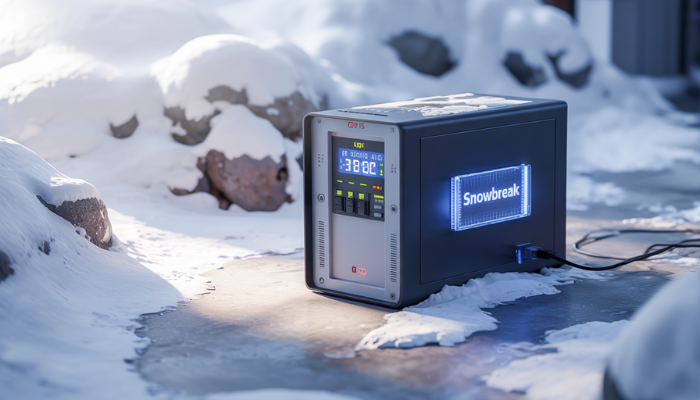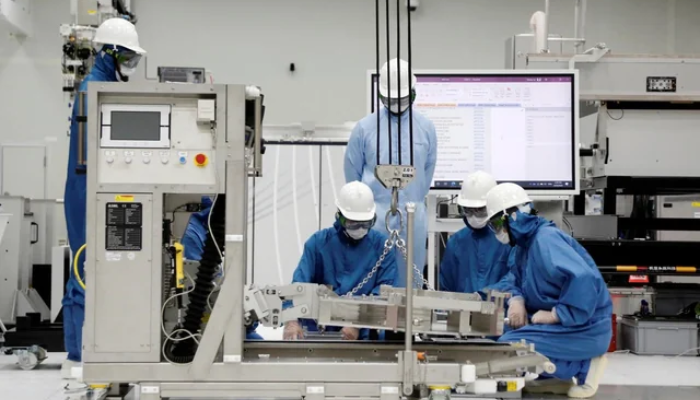In the search to snowbreak locate uninterruptible power supply, users often struggle with understanding the technical needs of their systems and the optimal placement of UPS devices. Whether you’re working within gaming environments, server infrastructure, or advanced simulation platforms, ensuring your setup has uninterrupted power is no longer optional—it’s essential.
From unexpected power outages to voltage spikes, countless threats can cripple high-performance systems like Snowbreak environments. In this comprehensive guide, we’ll break down the steps to locate, choose, and maintain the ideal uninterruptible power supply for your setup. Let’s power up your knowledge and keep downtime in the past.
What Is an Uninterruptible Power Supply and Why It Matters
An Uninterruptible Power Supply (UPS) is a device that delivers backup power when your primary power source fails. Unlike generators that take time to start, UPS units respond instantly, keeping devices running or safely shutting them down. This makes them indispensable for environments requiring constant uptime.
For users trying to snowbreak locate uninterruptible power supply, understanding the critical role of UPS is the first step. Snowbreak environments—whether referencing gaming setups, simulation programs, or advanced data systems—often use resource-heavy software. These systems are highly sensitive to even slight power interruptions, which can lead to data corruption, hardware damage, or loss of unsaved work.
Furthermore, UPS units aren’t just for emergencies. They also regulate power quality, filtering out fluctuations that could otherwise degrade your system’s performance over time. For any modern digital environment, a UPS acts as both shield and sword—defending your hardware and preserving your data’s integrity.
Snowbreak Systems: Why Continuous Power Is Crucial
Snowbreak systems, whether conceptual or practical, imply high-performance, power-sensitive environments. In such systems, power loss equals more than just inconvenience—it often means irreversible damage. That’s why it’s essential to snowbreak locate uninterruptible power supply units correctly for full system protection.
Gaming platforms, 3D rendering stations, and live-server environments that mimic Snowbreak conditions often run on GPUs, high-speed SSDs, and real-time data flows. If the power cuts off mid-operation, memory can become corrupted, processes can crash, and critical services may be interrupted—potentially causing hours of rework or expensive hardware replacements.
In addition, these systems frequently operate with decentralized components—remote storage, cloud backup, and interlinked devices. A localized power failure can ripple through the network, damaging data across systems. Locating and installing a reliable UPS at the right node in your Snowbreak setup ensures that the core remains stable, regardless of what happens at the edge.
How to Snowbreak Locate Uninterruptible Power Supply Correctly
Finding the right UPS involves more than just buying the biggest battery. To snowbreak locate uninterruptible power supply, start with a detailed audit of your system: what needs protection, how long backup power is required, and how critical each device is to your operations.
Step 1: Identify Critical Load Points
Map out all hardware and devices connected to your Snowbreak system. Focus on CPUs, GPUs, routers, modems, network switches, and storage servers. These components need uninterrupted power to ensure data consistency and performance.
Step 2: Calculate Total Wattage
Each device has a power rating. Add them together to find your total load. Always choose a UPS that can handle at least 25% more than your calculated load for future scalability and safety margins.
Step 3: Choose the Location
Once you’ve identified the power demand, place your UPS close to the devices it will serve. If using a rack-mounted setup or data hub, install the UPS in the server rack. For home systems or workstations, the UPS should sit near the power strip or wall outlet—ideally in a cool, ventilated space.
For Snowbreak-style environments, you may need multiple UPS units in different rooms or floors. In such cases, label each UPS according to its function and use smart monitoring tools to track them in real time.
Features to Look for in a Snowbreak-Compatible UPS
Not all UPS units are created equal. When trying to snowbreak locate uninterruptible power supply that suits your system, focus on high-end features that offer both protection and convenience.
Pure Sine Wave Output:
Most sensitive electronics require a smooth, stable electrical signal. Cheap UPS models may use a simulated sine wave, which is fine for basic equipment but not for advanced GPUs, game servers, or audio-visual components. A pure sine wave UPS ensures that even under battery power, your devices run smoothly.
Battery Runtime & Expandability:
A minimum runtime of 10 minutes under full load is ideal for most users. However, Snowbreak setups with multiple critical nodes should aim for expandable battery packs to extend runtime during longer outages.
Smart Monitoring Software:
A UPS with network interface cards (NIC) or USB management lets you monitor battery health, input/output voltage, and runtime remaining. These features become crucial when you manage large or remote setups.
Surge Protection and AVR:
Automatic Voltage Regulation (AVR) corrects minor voltage fluctuations without switching to battery mode. It increases the lifespan of both your UPS and your connected devices. Surge protection guards against spikes from storms or unstable grids.
Hot-Swappable Batteries:
If your system can’t afford downtime, choose a UPS that allows you to replace batteries without shutting it down—ideal for 24/7 operations or critical Snowbreak services.
Maintaining Your UPS: Best Practices for Longevity
A well-placed UPS can still fail if not properly maintained. Once you’ve snowbreak located uninterruptible power supply, routine maintenance is the key to making it last for years and perform reliably.
Monthly Self-Tests and Visual Inspections:
Most UPS models come with a self-test feature. Run it every month to check the health of internal components and batteries. Visually inspect for signs of wear, such as rust, swelling, or leaking.
Environmental Control:
UPS systems operate best in clean, climate-controlled environments. Keep temperatures between 68–77°F (20–25°C) and avoid direct sunlight, dust buildup, or moisture.
Battery Replacement Cycles:
Depending on usage, UPS batteries typically last 3–5 years. Set reminders to test your batteries every 6 months and replace them as needed. Many UPS systems also give alerts when battery health drops below 80%.
Load Management:
Don’t plug everything into one UPS. Distribute devices across multiple units if your power needs exceed the UPS capacity. Also, avoid connecting laser printers or heaters—they can cause overloads.
Firmware and Software Updates:
Check the manufacturer’s website for firmware upgrades. Updated software ensures better battery management, bug fixes, and new features. Some smart UPS systems can update themselves automatically if connected to the internet.
Conclusion:
In high-performance environments, system reliability hinges on clean, uninterrupted power. To snowbreak locate uninterruptible power supply, you must first understand the demands of your setup and the risks of power loss. From home gaming rigs to enterprise-level server rooms, the UPS you choose—and where you place it—determines how well your system will weather power failures, voltage spikes, and blackouts.
Remember: a UPS is more than a backup—it’s your system’s first line of defense. Properly sized, correctly installed, and regularly maintained, it ensures performance continuity when you need it most. Don’t wait until a blackout costs you hours of work or hardware damage. Act now—and snowbreak your way to power security.
FAQs:
1. What does “snowbreak locate uninterruptible power supply” mean?
It refers to the process of finding and placing the correct UPS unit for a Snowbreak-style system or environment.
2. What’s the minimum runtime I should look for in a UPS?
At least 10 minutes at full load, but more if your system has critical data or needs safe shutdown time.
3. Do all UPS systems provide surge protection?
Not all. Look for models that specify built-in surge protection or use an additional surge protector.
4. Can I use one UPS for multiple computers or devices?
Yes, if the total wattage doesn’t exceed the UPS capacity. Distribute power evenly and don’t overload.
5. How do I know if I need a pure sine wave UPS?
If you use high-end PCs, gaming rigs, or AV equipment, a pure sine wave output is recommended.
6. What happens if my UPS is overloaded?
It may shut down automatically or fail to provide power during an outage. Always use a load calculator.
7. Where should I place the UPS?
Near the devices it powers, in a cool, dust-free space with proper ventilation.
8. Can I monitor my UPS remotely?
Yes. Many UPS units offer smart monitoring via USB, Ethernet, or cloud-based dashboards.
9. Is a UPS the same as a generator?
No. A UPS provides instant power from batteries, while a generator has startup delay and runs on fuel.
10. How often should UPS batteries be replaced?
Every 3–5 years or as recommended by the manufacturer. Test them biannually.



